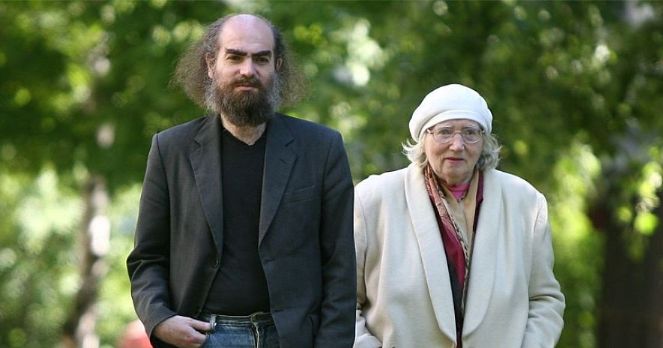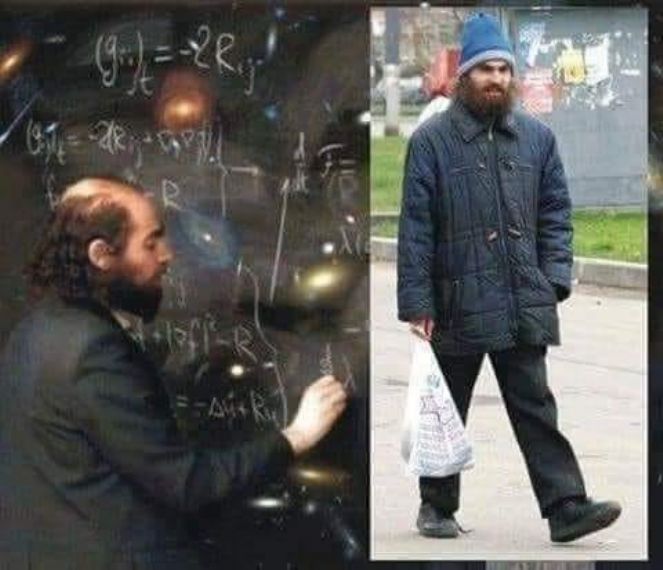 Compiled by ERDEM AVSAR
Compiled by ERDEM AVSAR
Grigori Yakovlevich Perelman is a genius who managed to solve the Poincaré proposition, which is seen as one of the 7 biggest problems in the world, in 2002.
Born in 1966, the Russian mathematician solved this mathematical problem in 2002, which could not be solved for exactly one hundred years.
But his solution was accepted exactly 4 years later, in 2006.
The reason for this delay was his American colleagues, who did not respect this genius man. So Perelman feels that he is not given the due respect by some of his colleagues.
BACK THE 1 MILLION DOLLARS PRIZE
Perelman, who was humiliated for not receiving the necessary respect from some of his colleagues, refused the $1 million prize he won in 2006 just for this reason.
The prize money was not the only thing Perelman refused; he refused the Fields Prize, considered the Nobel of mathematics, for the same reason.
Regarding his rejection of the award, he made the following statements:
“I don’t want to be famous. I’m not a circus monkey to be showcased. I just solved a question and it’s interesting that it was magnified like this.”
LIVES WITH HIS MOTHER’S PENSION
Perelman, after rejecting the award and making these sentences, St. He also resigned from his post at the Steklov Institute in St. Petersburg.
It is known that this genius man lives with his mother in a very neglected house, again on his pension.
Perelman also refused the Millennium Award in 2010, after the award he refused in 2006.
Some might accuse Perelman of laziness, as if he wanted to avoid responsibilities that were far greater than him… But accepting that money and these medals meant perelman’s betrayal of his principles.
There has been no news for many years from Perelman, one of the world’s greatest living geniuses, who continues his life in silence.






WHAT IS POINCARÉ HYPOTHESIS?
The Poincaré hypothesis expresses a proposition about topological spaces that are locally similar to three-dimensional Euclidean spaces around each point. Consider such a space that is edgeless (a circle has no sides) but compact (having a vertex). If every circle thrown into this space can stay inside the space and contract to a point (without a hole), according to the Poincaré hypothesis, this space must be a three-dimensional sphere lying in a four-dimensional Euclidean space.
 A space without holes can be visualized with the following simple two-dimensional example: a rubber band stretched into the crust of an apple can shrink to a point on the crust without breaking the rubber or breaking the skin, but this is not possible in a bagel with a hole in the middle, some tires cannot stay on the surface of the bagel and shrink to a point as long as there is a hole. .
A space without holes can be visualized with the following simple two-dimensional example: a rubber band stretched into the crust of an apple can shrink to a point on the crust without breaking the rubber or breaking the skin, but this is not possible in a bagel with a hole in the middle, some tires cannot stay on the surface of the bagel and shrink to a point as long as there is a hole. .
With the proof of this hypothesis, many new theories and hypotheses will be developed on the formation of the universe, the future of the open universe, the effects of dark matter, the invisible matter in the existing space-time fabric in the universe, on the expansion of the universe.
This problem, which has plagued mathematicians for nearly a century, was solved by 44-year-old Russian mathematician Grigori Perelman and presented to the public as drawings in 2002-2003.
.
